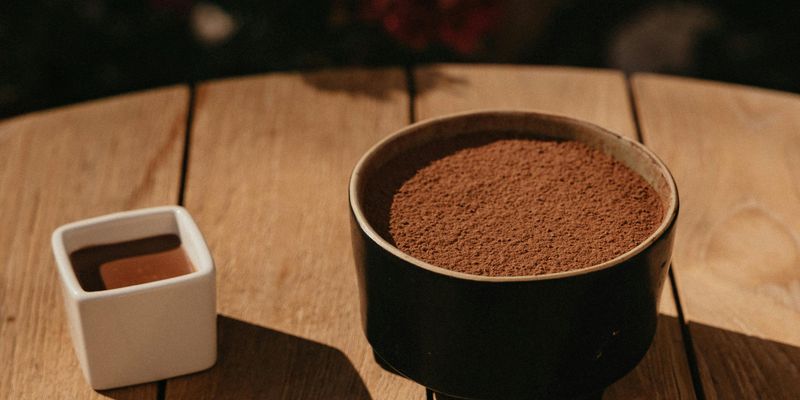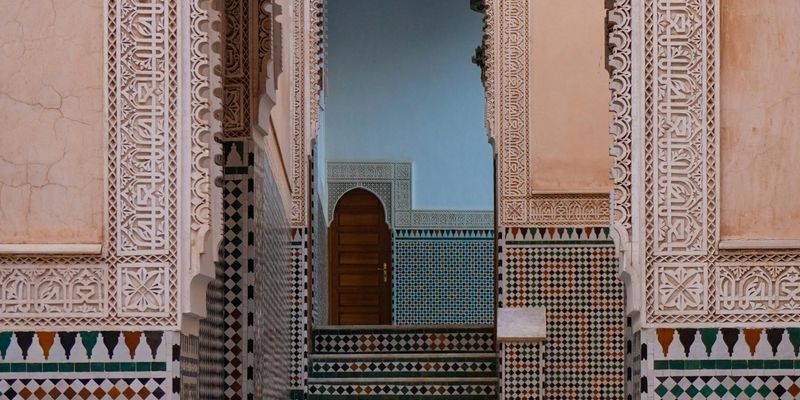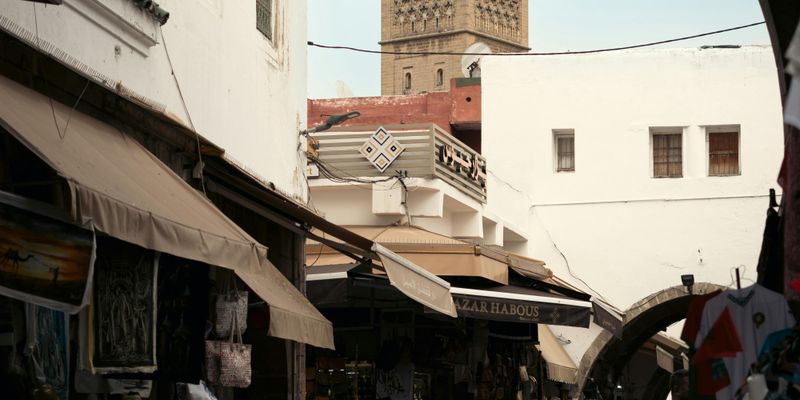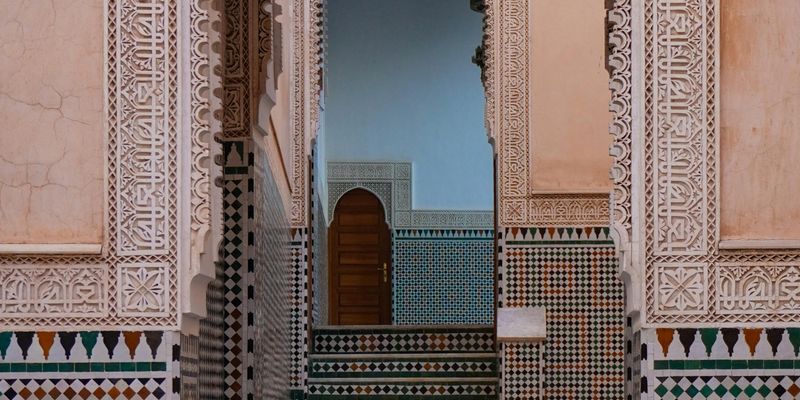
Embark on a Culinary Adventure
Welcome to the enchanting world of Moroccan gastronomy, where every dish tells a story and every spice brings a burst of flavors! As a Moroccan, I have grown up surrounded by the rich and diverse culinary traditions of my homeland, and I am still in awe of how food can reflect the very essence of a culture. Join me as I take you on a delightful journey through the tastes, aromas, and history of Moroccan cuisine.
The Art of Spices
Moroccan cooking is renowned for its unique use of spices, and they are truly the heart and soul of our dishes. The typical spice blend known as ras el hanout, which literally means "head of the shop," can include ingredients like cumin, coriander, cinnamon, and even dried rose petals. Each family may have their secret recipe that they guard closely, making every meal a reflection of personal heritage.
Walking through the vibrant souks (markets) in cities like Marrakech or Fes, you’ll find stalls overflowing with colorful spices. The fragrant air filled with notes of saffron, paprika, and turmeric is irresistible. I often find myself drawn to these aromatic blends, eager to experiment and recreate traditional dishes.
The Signature Dishes
No discussion of Moroccan cuisine would be complete without mentioning tagine. This iconic slow-cooked stew is named after the conical earthenware pot it's prepared in. The beauty of tagine lies in its versatility—be it lamb, chicken, or vegetables, each recipe is distinct, often infused with dried fruits like apricots or prunes, and heightened with almonds and olives.
Another culinary treasure is couscous, a staple that is lovingly served on Fridays, the Moroccan holy day. This dish is typically steamed to fluffy perfection and served with a rich, savory broth accompanied by vegetables and meat. The communal way it is shared brings families together, emphasizing the importance of togetherness in Moroccan culture.
Sweet Endings
And let’s not forget about desserts! Moroccan sweets, often served with mint tea, are a highlight of our gastronomy. Think flaky baklava or sweet moroccan pastries filled with nuts and honey, each bite a delightful blend of textures and flavors. My favorite sweet treat has to be chebakia, a deep-fried honey-coated sesame cookie that evokes nostalgia during special occasions, especially during Ramadan.
A Culture of Hospitality
Enjoying Moroccan food is not just about the flavors but is closely tied to the concept of terdja, or hospitality. When you visit a Moroccan home, you’re likely to be welcomed with a pot of traditional mint tea—a symbol of friendship and hospitality. It’s customary to have a meal, and sharing food is one of the best ways we connect with others.
This warmth extends to our street food culture as well. You can find vendors selling bissara (a broad bean soup) or mechoui (slow-roasted lamb) throughout bustling food stalls. Eating while perched on a small stool, enveloped in animated conversations around spices and flavors, is an experience that brings both locals and visitors together.
Explore Your Own Culinary Journey
Whether you are planning a visit to Morocco or curious about our culture, I invite you to indulge in this beautiful culinary journey that is Moroccan gastronomy. Each meal is a chapter, woven from history and tradition, inviting you to savor not only the food but the stories behind it. Come, let your taste buds explore the rich tapestry of flavors that make our cuisine a blissful adventure!







